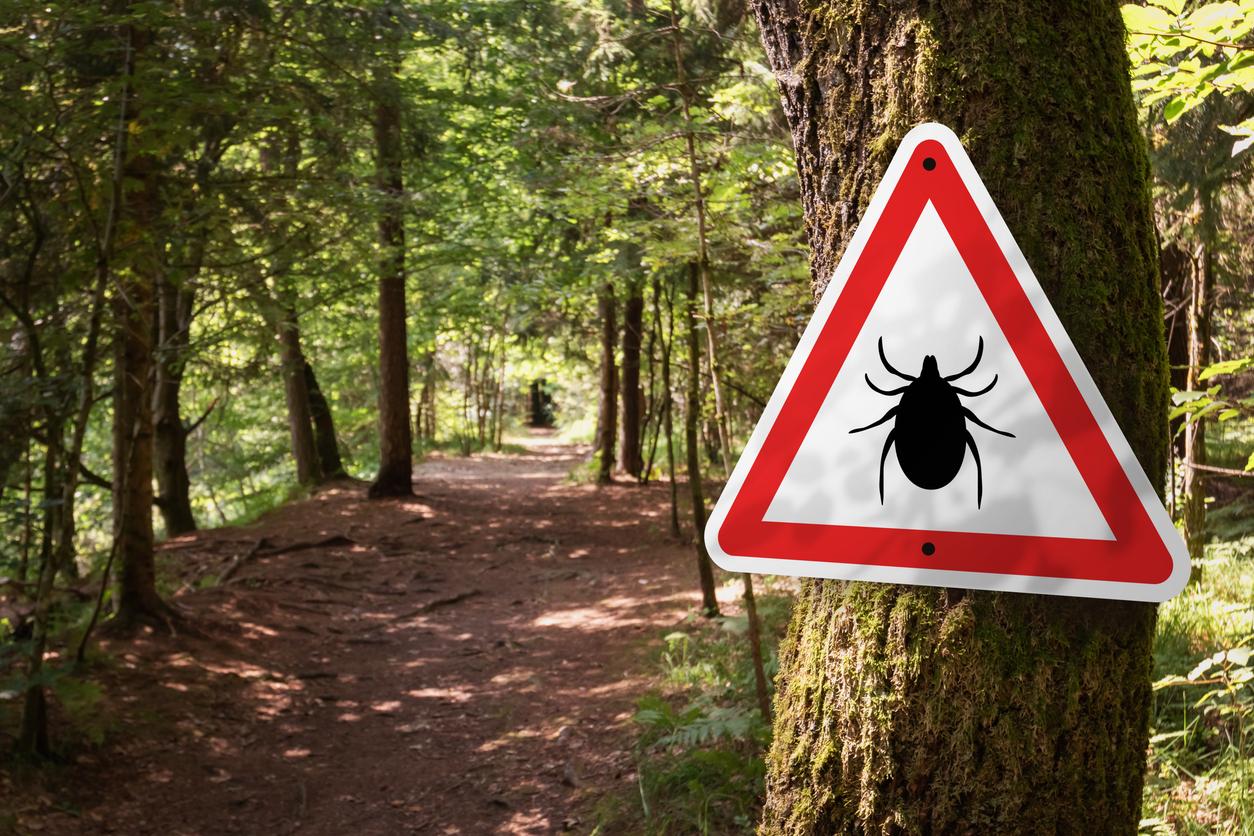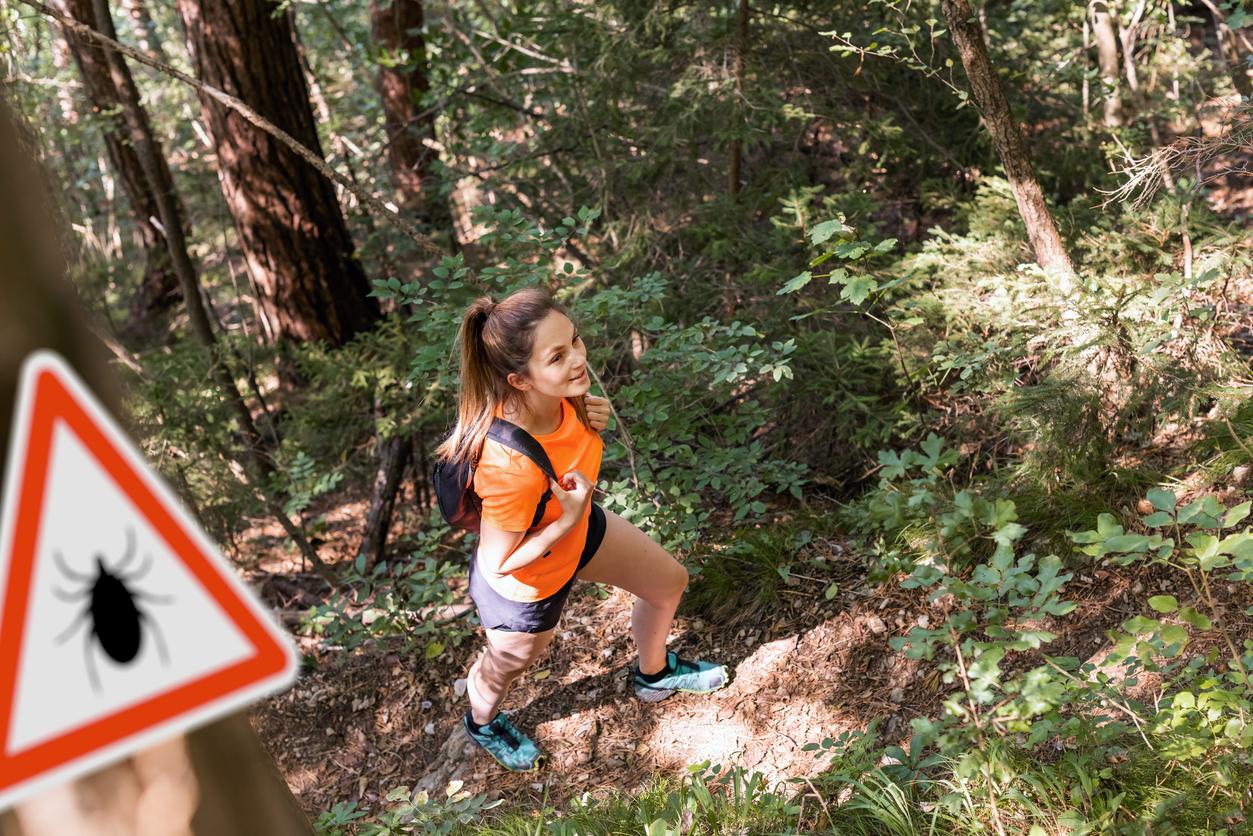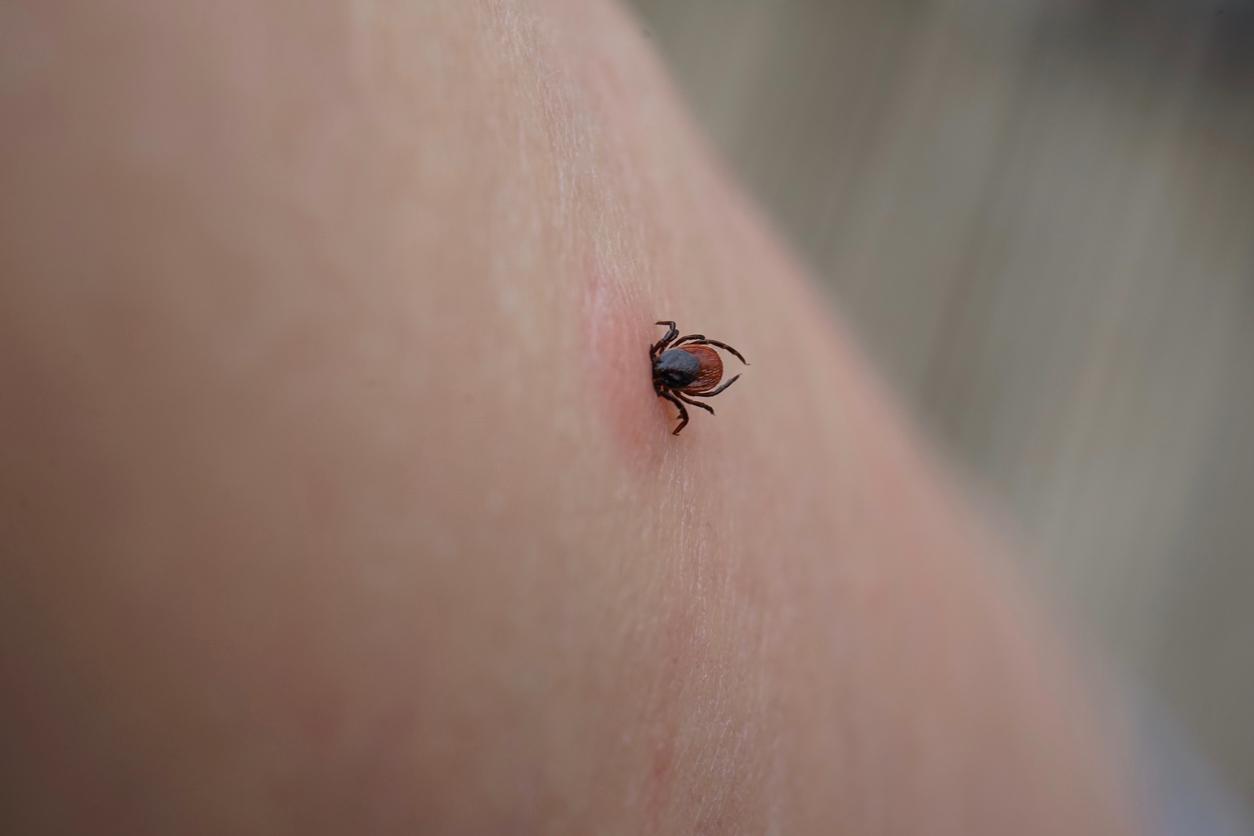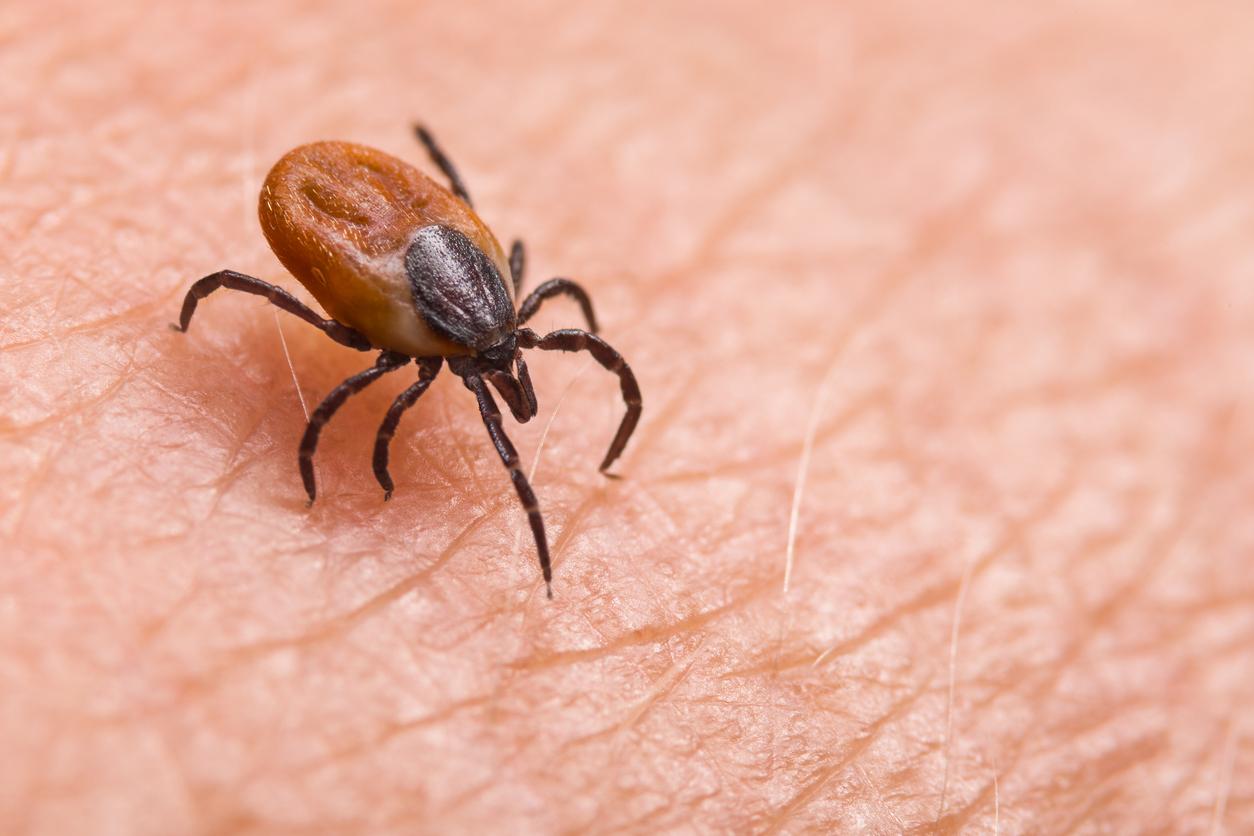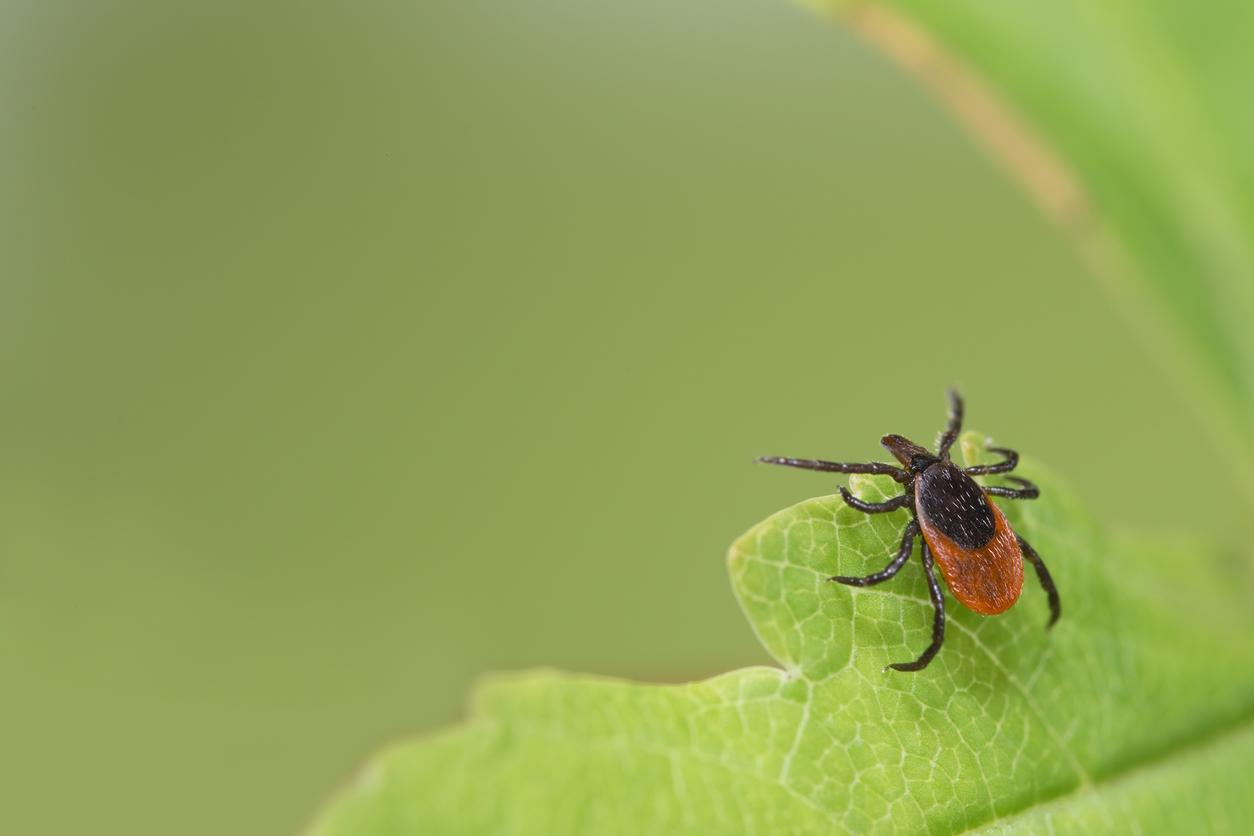According to a study unveiled this Thursday, the Grand-Est remains the region of France most affected by Lyme borreliosis. Here are the precautions to avoid contracting this tick-borne disease.
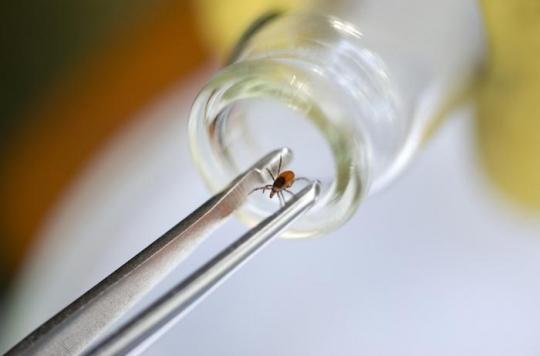
Each year, Lyme disease causes nearly 2,200 cases in Alsace, reveals the study “Alsa (ce) tique” published Thursday March 29 by theGrand-Est Regional Health Agency. According to this study, which was carried out by the Public Health France agency over the period 2014-2015, the number of new people affected by the disease is estimated at 117 cases per 100,000 people in Haut-Rhin and Bas- Rhine, i.e. an incidence more than twice the French average (51 cases / 100,000 inhabitants in 2015).
While the survey does not take into account the cases identified in Lorraine, other calculation methods carried out by the Sentinelles network estimate the average annual incidence rate of the disease in 2016 at 332 cases per 100,000 inhabitants in Lorraine.
More walkers than before
According to Sophie Raguet, epidemiologist at ARS Grand-Est, this high number of cases is explained by an increase in the number of walkers in the region, as well as by a dense presence of ticks and a large number of infected ticks. “In Alsace we know that there is a high density of ticks because of the game present, as well as a high proportion of infected ticks. There are also a lot of people who practice outdoor sports, especially in the massif. Vosgien “, explains the epidemiologist of the ARS Grand-Est.
In 2015, ARS Grand-Est launched an awareness campaign to encourage residents to be extra vigilant, in particular by posting information panels at the entrance to forests. Doctors have also been made aware of the diagnosis and treatment of Lyme disease. The Nancy CHRU and the Strasbourg University Hospitals also offer specialist consultations on Lyme disease, which are carried out at the request of the attending physician.

What precautions?
As a reminder, Lyme disease is a disease of infectious origin, starting on the skin but which can become general and serious. It is secondary to the transmission of bacteria during a tick bite and the diagnosis of which is sometimes difficult. Diffuse chronic and disabling pain may persist but their cause is not unequivocal. Here are some precautions you can take to prevent the onset of Lyme disease.
During the walks:
To prevent ticks from getting under your skin when you walk, wear long-sleeved pants and clothing. If possible, take the paths and walk well in the middle of the paths, avoiding contact with brush and tall grass.
After the walks:
As soon as you get home, thoroughly inspect your clothes and those of your children. It is also recommended to wash your body and hair as soon as possible after an excursion in nature, in order to eliminate any potential presence of ticks. Remember to check all areas of your body, including behind the ears, in the hollow of the knees and under accessories (jewelry, bandages).
What to do in the event of a tick bite?
Do not apply any product, as the tick may release the bacteria into your blood, warns the site Lyme Disease Prevention. Go to a pharmacy without delay, where you can get a tick puller, an object specially designed for this purpose. If red plaque appears around the bite, you will need to see a doctor as soon as possible.
.










